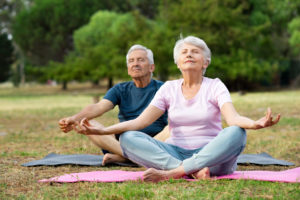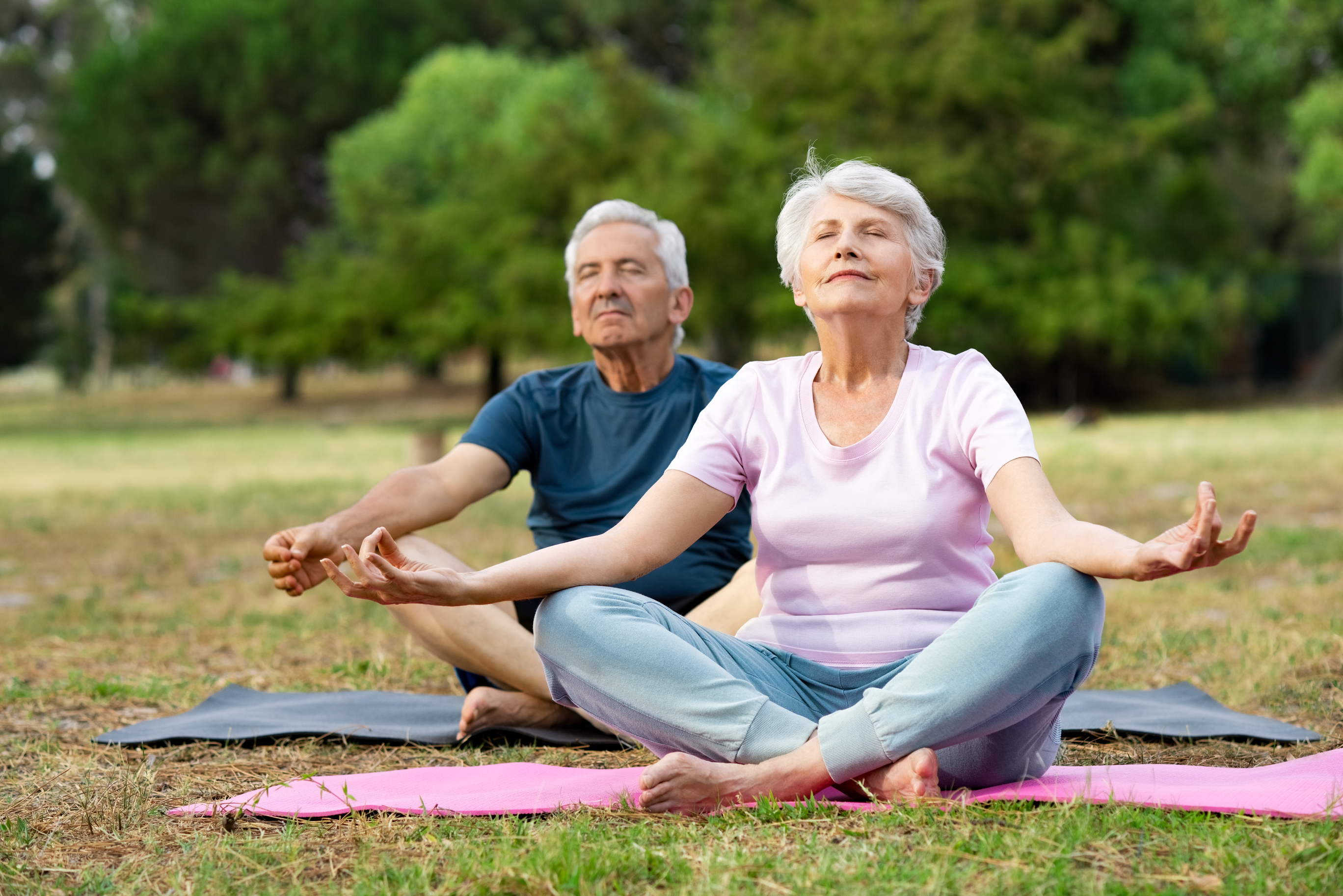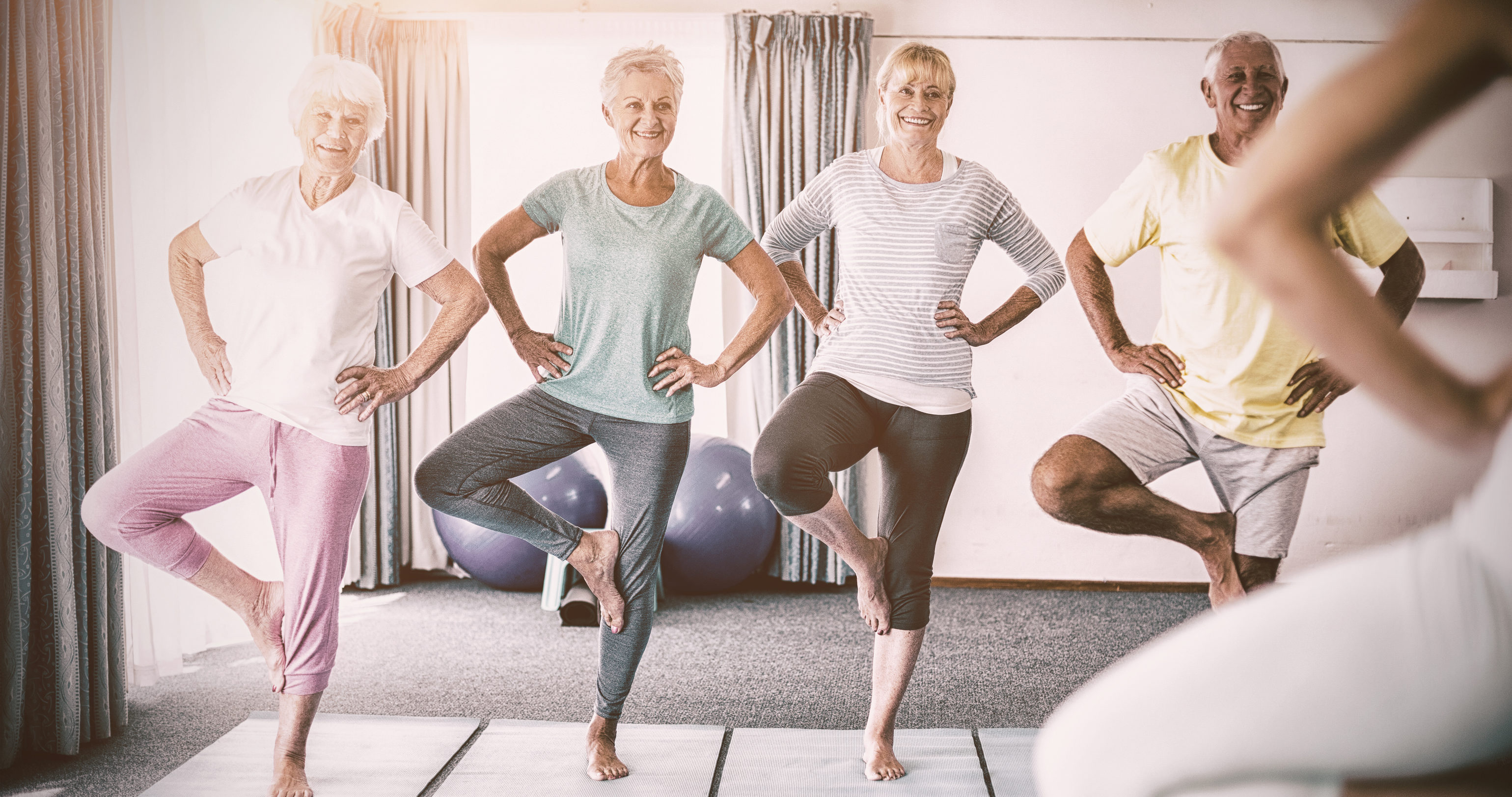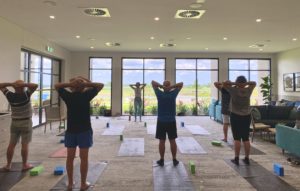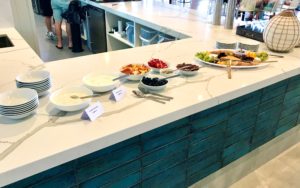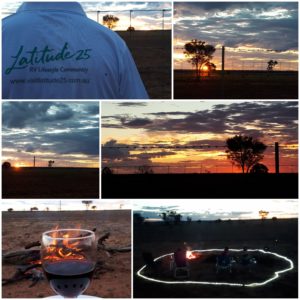The thought of upping stumps and making a sea change is often considered just a romantic notion. However, as retirement approaches, or perhaps you are a of couple years into your retirement, it’s not such a far-fetched idea. When you’re pondering how you spend your retirement the possibility of selling up the homestead is a primary decision to be addressed. However, it’s a difficult decision as it is attached to so many emotions. If you’re a Grey Nomad you have taken the first step by taking your “home” with you as you travel around Australia, but when your home becomes a burden it’s time to think about how changing your home base might serve you better.
Perhaps considering the benefits of living by the sea are the perfect excuse to that big decision and there’s even science to back it up.
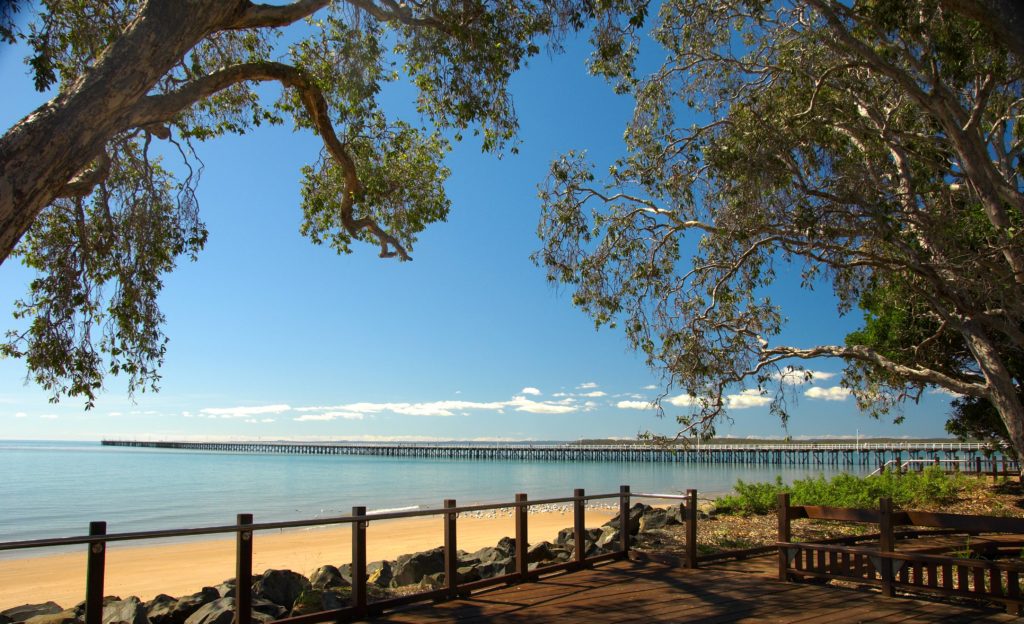
1. BETTER HEALTH
Dr. Wallace J. Nichols, a marine biologist, wrote the bestselling Blue Mind to explore the benefits of spending time near bodies of water. He says the research stems from all branches of the sciences and indicated there are studies about water’s positive effect on people with stress and high-level anxiety.
In addition, there is a growing body of specific research related to the health benefits of maintaining a proximity to the water. Research from the University of Exeter in 2012 indicates that living close to and spending time near a beach correlates with people who have better health and sense of well-being.
A 2013 study published in Health and Place came to the same conclusion: “Individuals reported significantly better health when they lived nearer the coast.” The benefits applied to both physical and mental health.
2. RELAXED LIFESTYLE
Dr Nichols explains that the ocean has been proven to inspire creative thinking, reduce anxiety and promote compassion. Coastal paths also encourage outdoor activity. Not only will the fresh sea air revitalise your mind but it has also been proven to increase happiness and mindfulness.
Science has proven the mental and physiological benefits of mindfulness, including reducing stress and becoming more resilient to it, improving memory, reasoning, empathy, and ability to focus.
Together, the sights and sounds of the water engage the parasympathetic nervous system, “responsible for slowing us down and allowing us to relax and feel more engaged,” according to Sally Nazari, PsyD, owner of Chrysalis Psychological Services.
3. BETTER SLEEP
The quality of coastal air varies greatly from air that is further inland. Air along the coast is charged with negative ions that allow your body to absorb oxygen more easily. The benefit of this air means that serotonin levels are more equalised, helping you to have a deeper sleep and allowing you to kick-start your days with a greater amount of energy.
4. RECREATIONAL ACTIVITIES
When you live by the coast, you can forget the hour-long drives to go fishing and visit beautiful scenery. Sailing, swimming and whale watching are just a few of the recreational activities that will be right outside your doorstep.
That’s not to mention the positive effect being in water can have on the physical body, including the circulatory system, the bones and neuropsychology through sports, movement and opportunities for social encounters with family and friends.
5. DESTINATION
Let’s face it, we love when our family comes to visit. Social connections like these not only give us pleasure, they also influence our long-term health in ways every bit as powerful as adequate sleep, a good diet, and not smoking. Dozens of studies have shown that people who have satisfying relationships with family have fewer health problems and live longer.
A home by the sea is a desirable place for family to commune during the holidays. Your children who have left the nest will enjoy bringing their family to Hervey Bay to make special memories with their families and you.
6. CREATING NEW COMMUNITIES OF LIKE-MINDED FRIENDS
Social contact can be just as effective as exercise at improving your mood and quality of life. If you aren’t maintaining social interactions on a daily basis, you may be putting yourself at risk for health problems. Staying socially active can help you maintain good physical and emotional health as well as cognitive function.
When you live by the ocean, there is ample opportunity to meet people who have similar interests to you. When you are near the ocean your day will consist of peaceful walks on the shore, bumping into plenty of like-minded people along the way.
To explore this lifestyle for yourself, call Jane about the complimentary 2-night stay on us! Give yourself a chance to experience the Latitude25 and Hervey Bay Lifestyle.
Call 1800 025 025 or email info@visitlatitude25.com.au




